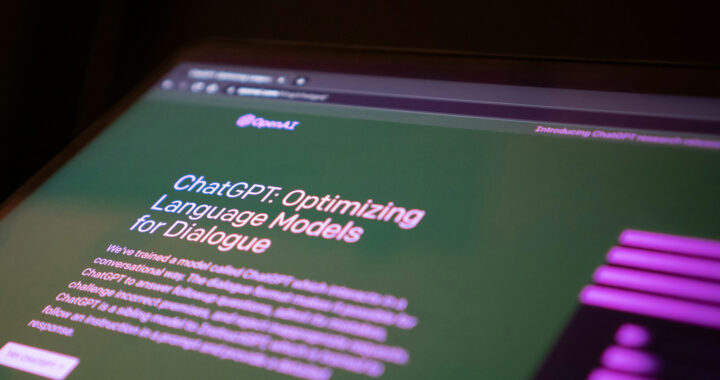OpenAI reintroduced its fan-favorite model GPT 4o and provided expanded usage limits after a swift and vigorous user backlash. Older models were removed from the user interface following the introduction of GPT-5 as a unified system. This removal disrupted workflows reliant on model diversification and removed a critical tool for response verification.
The AI company launched GPT-5 on 7 August 2025. This new model automatically determines the best model to handle each request. The legacy model selection menu disappeared and prevented users from choosing models such as GPT 4o that they had trusted for creativity or reasoning. The change affected those who used multiple models to cross-verify outputs.
Immediate and intense backlash ensued from subscribers. Plan cancellations, petitions, and public condemnation exploded across social media and community forums. The entire situation seemed like an online public mutiny. The scale and speed of the revolt created palpable pressure on OpenAI and derailed its envisioned plan for its fifth-generation GPT model.
The company that the unified hybrid architecture of GPT-5 would streamline operations and reduce user confusion. The feature works by automatically assigning the most suitable model for each task to eliminate the need for manual selection. However, the change overlooked how many relied on choosing specific models, ultimately sparking widespread dissatisfaction.
Sam Altman addressed the disruption on X. He announced the restoration of legacy model access via settings. He further assured users that they would not be penalized for selecting legacy models. Altman also committed to raising rate limits for reasoning tasks under GPT-5 after citing a jump to three thousand attempts per week for ChatGPT Plus customers.
OpenAI also pledged improved transparency by adding a user interface indicator. A blog post explaining capacity was also promised. Internal usage data revealed dramatic increases in reasoning model adoption, with free tier usage rising from less than one percent to seven percent, and Plus tier rising from 7 percent to 24 percent, validating user demands.
The incident showcased an instance of a sizeable user base forcing a service provider to give in to its demand. This bargaining power would not be possible without the presence of other similar services from rival companies like Gemini from Google, Claude from Anthropic, and alternatives from Chinese AI companies like DeepSeek and Ernie from Baidu.
